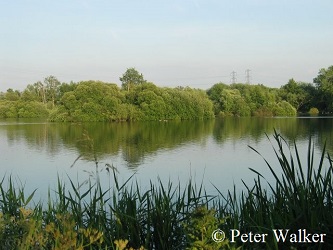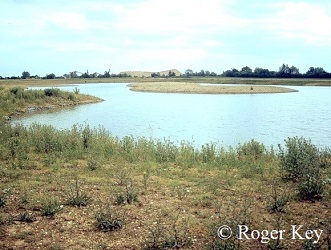Current ISIS code: W211
Previous assemblage name: W221.
Linked assemblage: W125 slow-flowing rivers, W314 reed-fen & pools, M311 saltmarsh.
Description of habitat typically supporting the assemblage: This is a wide-ranging SAT characterised by aquatic species. It was reviewed in 2008, when it was found to overlap with W125, W314 and the fresh/brackish water transitional element of M311 saltmarsh assemblages. Indeed, it may eventually be found appropriate to recode some M311 species to W211. It is well expressed in landscape scale assessments.

Its natural habitats probably include coastal marshes and large river floodplains subject to periodic heavy flooding events, but it is also dominant in gravel pits and quarry pools and is one of the few SATs to benefit from large scale anthropogenic disturbance. Silt pond assemblages in the New Forest appear not to belong to this assemblage type.
Several species are good dispersers and can be found in newly created water bodies in borrow pits and gravel pits as well as recently cleaned out ponds and ditches.

Some species such as Hygrotus nigrolineatus have recently increased their distributional ranges and appear to have benefited from an increase in gravel extraction coupled with warmer summer temperatures, which have aided their dispersal to newly created artificial habitats.
Sampling & assessing the assemblage
Standard sampling protocols apply.
Target groups: Aquatic fauna.
Fieldwork methods: Pond netting.
Alternative methods: n/a
Season: Spring
Only pond-netting needs to be used for assessing the aquatic assemblage but ground searching and sweeping should be used for assessing the related W2 BAT for a broader assessment.
Discrimination of conservation quality: adequate
Default target: 6 species
